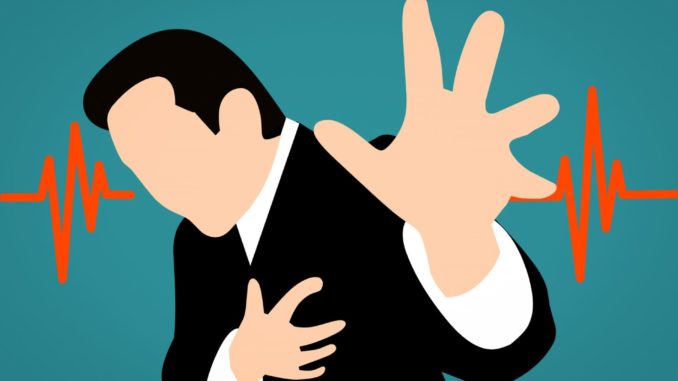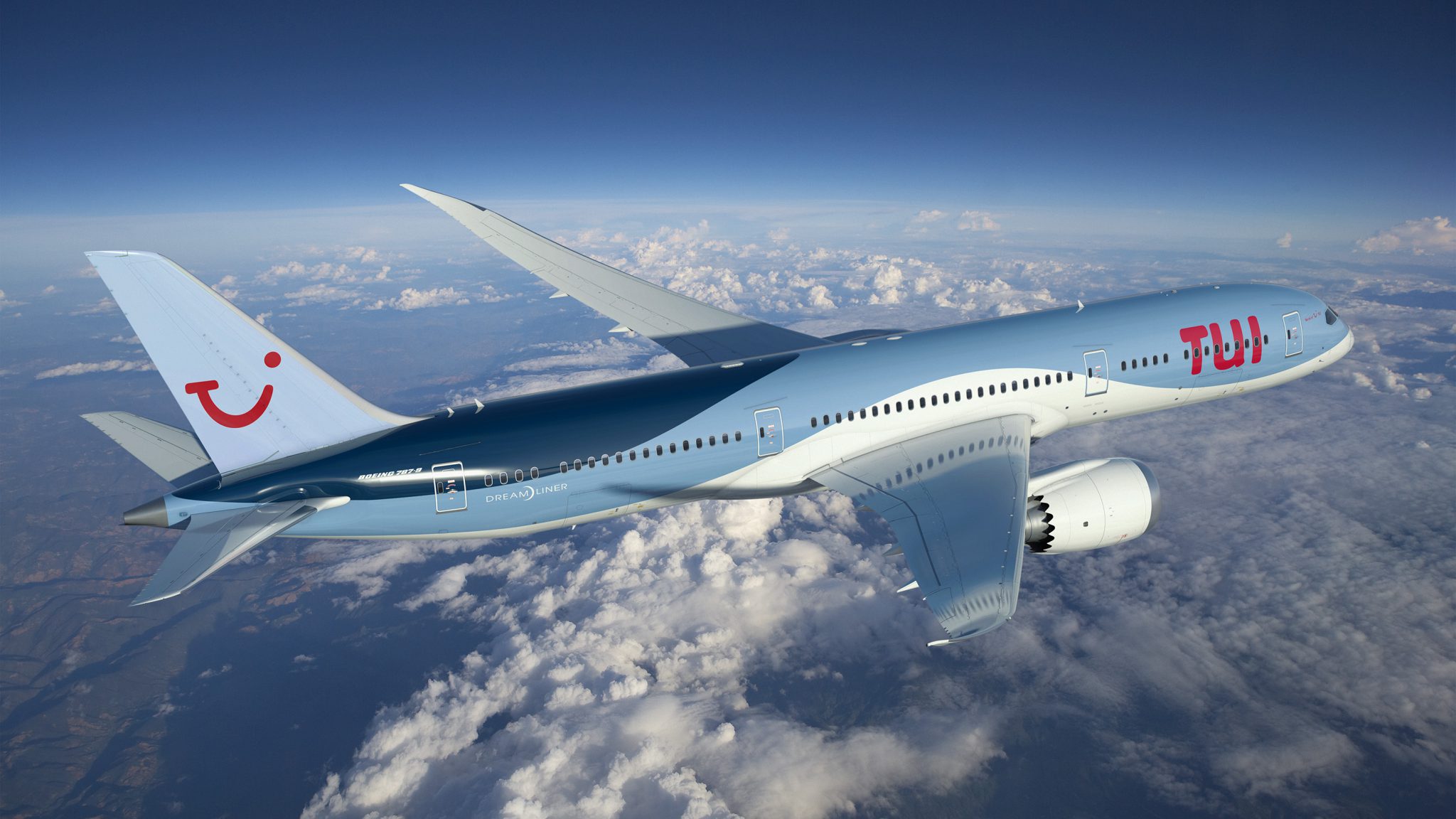
Automatic External Defibrillators (AED) save lives, especially in rural or remote locations where professional help will take longer to arrive. This isn’t theory, its fact and its the reason why you are starting to see AEDs in more and more places such as villages and public spaces.
An AED, as the name suggests, is an device that can be used by anyone to give life saving help to someone who suffers a sudden Cardiac Arrest and in doing so, increases their chances of survival from 40% (conventional CPR) to 63%.
Not only can the device automatically detect cardiac rhythm and deliver electrical pulses as required, it also offers advice on CPR (Cardiopulmonary Resuscitation) even if defibrillation is not required.
Given the increased chance of survival in remote locations where help would take longer to arrive, that would be the reason why airlines must carry AEDs on board their aircraft right?
Wrong, currently in the UK and Europe there is no mandatory requirement to carry an AED on a commercial flight. In fact, under Regulation (EU) No 965/2012, EASA only suggests airlines should carry an AED if the airline determines it is appropriate to do so as, according to its research, “only a very small number of passengers are likely to benefit from the carriage of automated external defibrillators (AED) on aeroplanes”.
Before we go any further, there is no requirement for airlines to report statistics on cardiac arrests on board aircraft so we don’t know how often it happens but research has suggested that medical emergencies happen as often as 1 in every 10,000 to 40,000 passengers. To put that into context, around 700,000 to 800,000 people fly in and out of the UK every day.
If someone suffers a cardiac arrest mid-flight it can often be over an hour before an emergency landing can be carried out. Without immediate medical help the chances of survival are very low but success rates with AED’s are as high as 55%. In the absence of regulations the Resuscitation Council said “We strongly advocate voluntary action in the public interest by all airlines to equip commercial passenger flights with an AED and train their cabin crews in recognition of cardiac arrest and delivery of immediate attempted resuscitation.”
In 2001 The Federal Aviation Administration (FAA) made it mandatory for all US airlines to carry AEDs on board their aircraft. In doing so they said “An estimated 350,000 Americans are struck by cardiac arrest each year. Cardiac arrest stops effective pumping of blood to the heart. An abnormal heart rhythm called “ventricular fibrillation” is the most common form of treatable cardiac arrest. Chances of survival can be as high as 90 percent if defibrillation — electrical shocks that stimulate the heart to resume normal beating — is provided during the first minutes following collapse.” but as we saw earlier, their European counterparts stopped short of making it law and instead gave airlines the choice whether to carry them or not.
Which UK airlines carry Automatic External Defibrillators (AEDs)
| Airline | AED onboard? | Additional Info |
|---|---|---|
| British Airways | Yes | |
| Eastern Airways | No | |
| Easyjet | Yes | |
| Flybe | No | Plans to in future |
| FlyBMI (BMI Regional) | No | |
| Jet2 | Yes | |
| Loganair | Yes | |
| Ryanair | Yes | |
| Thomas Cook | Yes | |
| TUI Airways UK | Yes | |
| Virgin Atlantic | Yes |
What the airlines said.
We asked all UK airlines which operate flights with at least one flight attendant and, of those that replied, the results were largely positive.
Virgin Atlantic does carry AEDs and thinks that AEDs should be required by law on all commercial aircraft. Head of Medical Services at Virgin Atlantic, Linda Porter said “Virgin Atlantic puts the health, safety and well-being of our customers as a top priority and has and continues to be industry leading in inflight medical care with top down support of such a critical service.
“This includes bespoke state of the art medical equipment including integrated tele-medical systems, extended medical kits and specialist medical training of its cabin crew and pilots. All is managed by a robust SMS and underpinned by an evidenced aerospace medical best practice model. Virgin Atlantic was the first airline in the world to have a full inflight defibrillator programme which was implemented in 1990 including the training of our Cabin Crew, at the time conducted by a Consultant Cardiologist and a Senior Cardiac Nurse. The training was then brought in-house and remains so. Every aircraft has had an AED onboard since 1990 giving our customers the best chance of survival via immediate CPR and rapid defibrillation in the event of a SCA (Sudden Cardiac Arrest).
“With the evidenced exponential decline in survivability with each minute of defibrillation delay it is our opinion that AEDs should be mandated on all commercial aircraft (as per the FAA).”
TUI Airways UK told us: “all TUI Airways planes carry defibrillators and have done so for more than 13 years”.
Regional airline Flybe doesnt currently carry AED’s on all its aircraft but a spokesperson for the airline said: “The safety of our passengers and crew is Flybe’s number one priority and defibrillators will shortly be available on board all our own operated aircraft.” while regional competitor FlyBMI (BMI Regional) told us “at present as EASA regulations do not make it a mandatory requirement, the airline does not carry AEDs.” adding “Due to the size of flybmi’s aircraft and that they operate single crew cabins, it can be difficult for cabin crew members to operate an AED and attend to other safety procedures that may occur. With this and the fact that the route network means that aircraft are never more than 20 mins from a diversion airfield should an emergency arise as meant that for now the airline has opted not to carry them. Furthermore all cabin crew are trained in CPR. “
Low-cost carrier Ryanair said: “Automatic External Defibrillators have been fitted on all of Ryanair’s Boeing 737-800 series aircraft. The safety of our passengers remains our No. 1 priority”.
Jet2 also confirmed that all its aircraft carry AEDs
Should it be left to airline choice though? If the FAA felt the need make it mandatory on all US aircraft, why does EASA allow airlines to effectively choose whether to offer you life saving equipment?
An AED costs less than £1000 and its weight is negligible. It is proven to increase chances of survival massively for cardiac arrest patients and surely, even if it only saves 1 life, its worth it?
It is worth noting that the regulations regarding on board medical equipment are due for review so perhaps EASA, or the CAA post-brexit, will make it mandatory in the future and give everyone a fighting chance, regardless of the airline.






